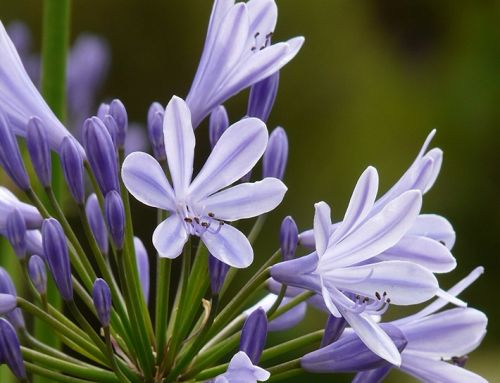Crafting Your Own Cottage Garden: Embracing Charm, Nature, and a Bit of Wild Beauty
Creating and caring for a cottage garden is like crafting your own little slice of paradise, where nature and beauty blend effortlessly. There’s nothing quite like wandering through a garden you’ve nurtured yourself, surrounded by the gentle sway of foxgloves, the hum of bees, and the scent of freshly blooming roses. If, like me, you dream of a space that feels wild yet welcoming, let’s dive into the magic of creating a cottage garden.
Planning Your Space
The beauty of a cottage garden is its relaxed, go-with-the-flow vibe. Forget straight lines and perfectly trimmed edges—think gentle curves, meandering paths, and little nooks for a bench or a birdbath. Personally, I love using gravel or stepping stones lined with herbs like thyme and mint. When you brush past them, the scent is simply heavenly.
Choosing Plants
When it comes to planting, this is where you can really have fun. Fill your garden with cottage-garden classics like Delphiniums, Chrysanthemums, Asters, Buphthalmum, Diascia, Verbascum, Centranthus, Aquilegia, Roses, and Lupins. I always mix in self-seeding annuals, such as cosmos and cornflowers, because they pop up year after year in surprising places, adding that delightful spontaneity. And don’t forget herbs—they’re a must-have for both their fragrance and the way they draw in bees and butterflies.
Preparing the Soil
Good soil is like a warm hug for your plants, and trust me, a little effort here pays off later. I like to dig in loads of organic matter—compost or well-rotted manure—to keep the soil rich and full of life. If you’ve got clay soil (a classic British garden challenge!), add a bit of grit to help with drainage.
Planting in drifts rather than neat rows creates a natural, flowing look. I love layering tall plants like hollyhocks (Alcea) at the back and filling the front with smaller plants like Campanulas. And climbing plants like honeysuckle and Clematis? An absolute dream for adding height and scent.
Tending to Your Garden
Even though country gardens are all about that carefree look, they do need a little TLC. Regular deadheading keeps blooms going strong—especially roses, which love a bit of attention. Mulching is a game-changer, too; it keeps moisture in, weeds out, and makes the garden feel extra cosy.
I find watering best done early in the morning or in the cool of the evening. It’s calming, and there’s something lovely about the garden waking up or winding down for the day. And in those rare British heatwaves, focus on your younger plants—they’ll need the extra love!
Welcoming Wildlife
One of my favourite parts of a country garden is how it welcomes wildlife. Plant bee-friendly flowers like lavender and marigolds, pop up a bird feeder or two, and you’ll be amazed at the life your garden attracts. Even a small pond can become a haven for frogs and dragonflies. Watching them flit about is such a joy!
Adding Your Personal Touch
This is where you can really make the garden your own. Maybe it’s an old bench tucked under an arch of climbing roses or a small veggie patch where you can grow your own herbs and tomatoes (there’s nothing like a fresh homegrown tomato, is there?). I love mixing practical and pretty, like letting runner beans twine around my flower beds.
The best part? Don’t stress if it’s not perfect. Country gardens are all about that slightly unruly charm, where plants spill over paths, and flowers bloom a bit wildly. It’s all part of the joy—embracing the seasons, enjoying the surprises, and letting your garden grow and change with time.
So, grab your trowel and a cup of tea, and get planting! There’s nothing quite like a country garden for a bit of outdoor bliss.







